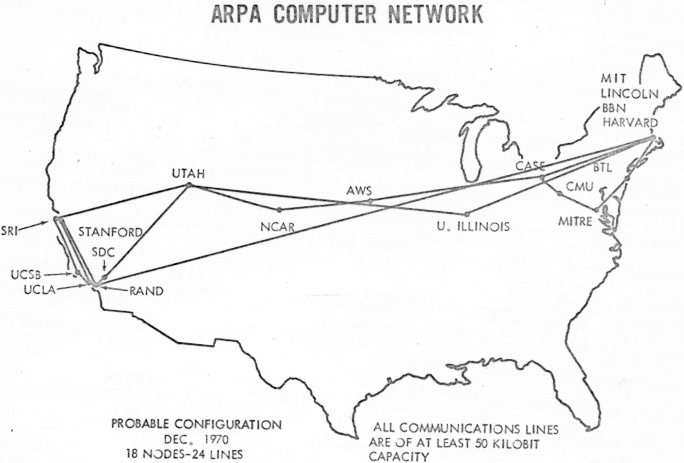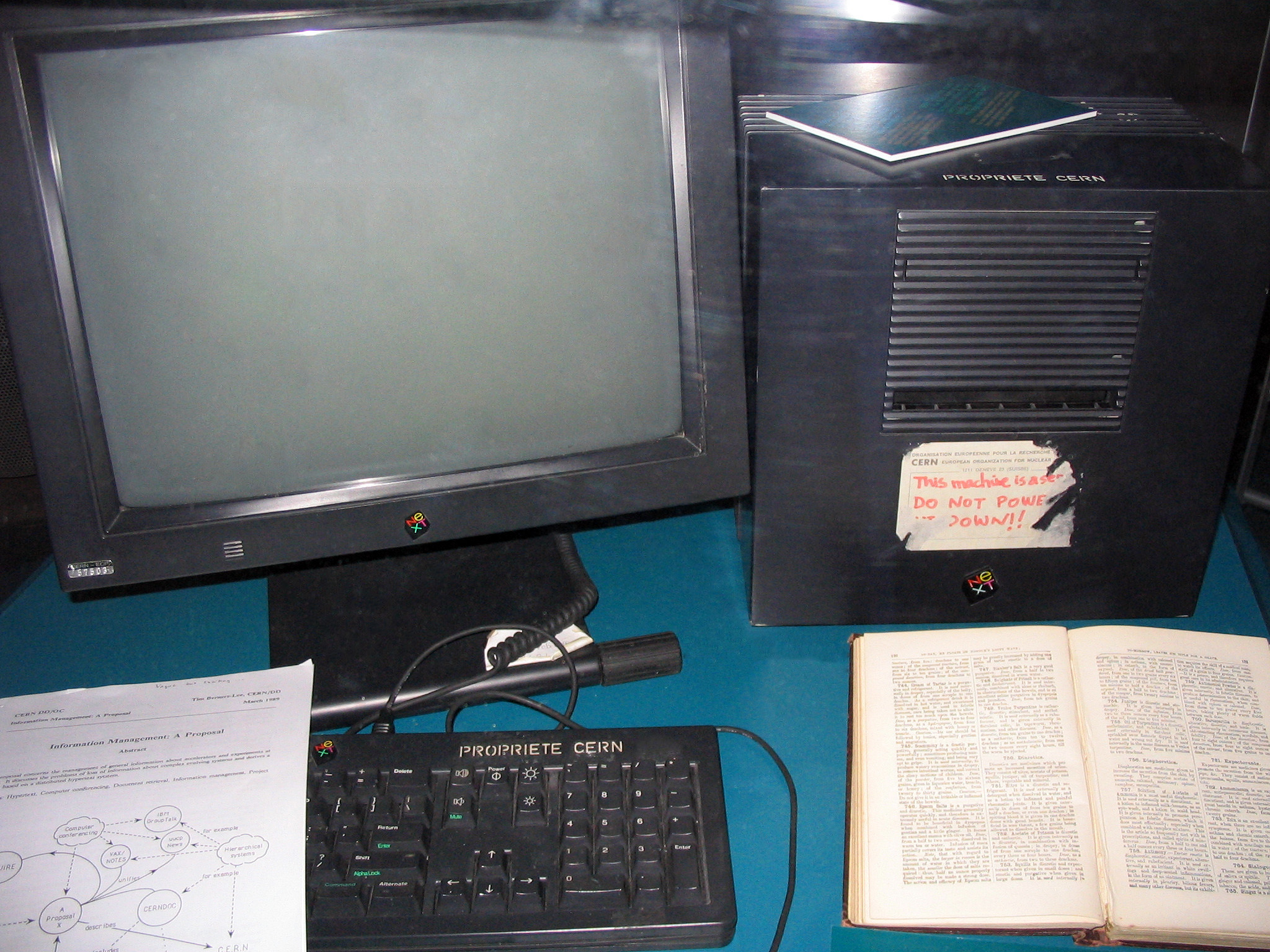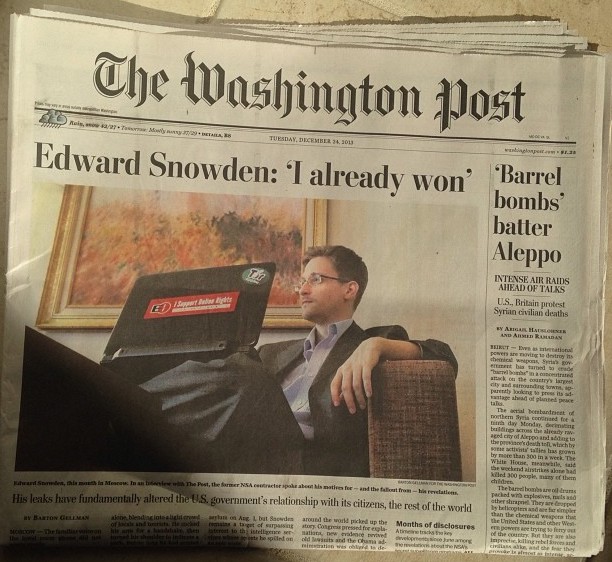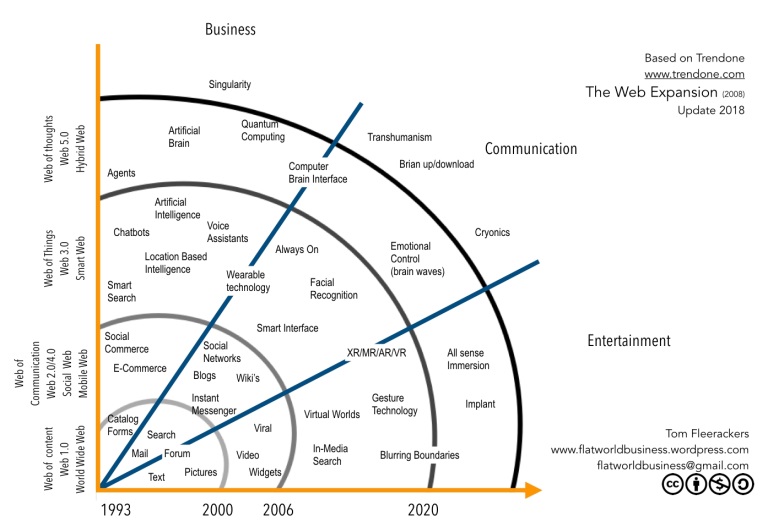22.3: Growth in Technology
- Page ID
- 138907
Global culture has been permanently changed by communications technology. Computer networks and cell phones continued a process that began with the printing press, the telegraph, radio, and television. Each of these technologies has been used to spread ideas to wider audiences, often against the wishes of those in power. More recent inventions like the internet, smart phones, and social networks have helped spread the news of events, such as the Arab Spring, the controversy surrounding the United States presidential election of 2020, and the Russo-Ukrainian War. In spite of the efforts of some nations to censor media and limit internet access, it is increasingly difficult to firewall societies from the global media culture.

Launched by ISM in 1960, the semi-automatic business research environment (SABRE) initially connected two mainframe systems and grew into an airline reservation system. In 1963, American psychologist and computer scientist JCR Licklider proposed the “Intergalactic Computer Network” when he became the first director of the Pentagon’s Advanced Research Projects Agency (ARPA). This network was described as “an electronic commons open to all, the main and essential medium of informational interaction for governments, institutions, corporations, and individuals.”
From this idea came ARPANET (1969), a network of networks joining government facilities and research universities on a system dedicated to official communications. Researchers and users could occasionally communicate personally with each other using email. However, commercial and political communications were strictly forbidden. Ted Nelson, a computer scientist, developed the basic ideas that became hypertext and the web between 1965 and 1972. Nelson’s version of hypertext was based on the idea that there would be a “master” record of any document on the network. This ideal was never really achieved, because even though storage was expensive, bandwidth was even scarcer.

In the 1980s, Apple Macintosh and IBM Personal Computers were introduced, as well as the online communication and file-sharing service called Compuserve. In 1992, an online game provider called Quantum Link renamed itself America Online (AOL). AOL provided a free trial CD with the software on it. By 1997, AOL had passed both Prodigy and CompuServe, and provided internet access to over half of all U.S. homes. The economic power of online access was becoming apparent. In 1998 AOL acquired Netscape, in 1999 MapQuest, and in 2000 AOL merged with Time Warner.

The inventor of the World Wide Web, Tim Berners-Lee, was a scientist at CERN in Switzerland, who was given time to work out the details on a NeXT computer in his lab. This resulted in three basic technologies of the web:
- HTML (Hypertext Markup Language), the formatting language of the web
- URI (Uniform Resource Identifier, AKA URL), which contains the protocol (http, ftp, etc.), the domain name (example.com), and folder and file names (like /blogs/index)
- HPPT (Hypertext Transfer Protocol), which allows retrieval of linked resources.
Being a government-funded research facility, CERN decided to make the protocols freely available.
From 1991 to 1994, when Yahoo launched, the number of websites rose to 2,738. The following year, with the launch of Altavista, Amazon, and AuctionWeb, the number increased nearly tenfold to 23,500. In 1998, when Google launched, the number of websites had jumped tenfold again, to 2,410,000.
The early years of the web are referred to as Web.1, when people with modest skills could acquire a domain and build a website. One of the first powerful and intuitive apps for building websites and pages was Microsoft’s Frontpage. It was a Windows app that provided a WSIWYG design interface and output usable HTML code. Millions of people used the program to build personal and small commercial websites. Discontinued in 2003, Frontpage was not replaced by anything with similar power and ease of use.
In 1999, a new generation of the web called Web 2.0 was announced, which focused on participation by users rather than people simply viewing content passively. One example of this participatory nature is the proliferation of social media. Another is people posting videos on YouTube. The web has also become a site of commerce, where consumers are buying stuff, such as Netflix videos, iTunes music, or real-world goods on e-commerce sites like Amazon.

By 2001, when Wikipedia began, there were over a half billion internet users and over 29 million websites. When YouTube and Reddit began in 2005, growth had slowed to only 64,780,000 websites and with a larger percentage being commercial rather than personal. By 2010, when Pinterest and Instagram launched, there were 2 billion web users and the number of websites had actually declined from the previous year the first time, to about 207,000.
Between 2015 and 2017, the number of people using the web grew to 3 billion with over 1.7 billion websites. Since then, the number of websites has decreased, dropping by nearly 10% per year. About three-quarters of these new websites aren’t active, but are parked domains or redirects. The actual number of sites in active use is probably closer to 200,000.
Dark side of Web Technology
Increasing computing power enables increasingly complex artificial intelligence (AI) systems. These systems can control financial trading systems, power grids, and scientific research. Plus, they facilitate technology competitions between businesses and even countries.
But even the new web technology has its dark side. Russian manipulation of Facebook data by a company called Cambridge Analytica may have influenced the 2016 Brexit vote. Foreign hacking and social media manipulation were both alleged during the 2016 and 2020 US presidential elections. As a result of this investigation, details showed how compromised social media sites like Facebook have become and how much of their users’ data they hold. In addition, in 2013, American whistleblower Edward Snowden released information showing that intelligence agencies, such as the United States NSA and British GCHQ, are systematically invading the privacy of citizens in a number of illegal ways. As a result of these disclosures, Snowden has been forced to live in exile in Russia. It is not clear, however, whether the practices have been discontinued.

Social Media
Social Media algorithms create “filter bubbles” in which people only see information that doesn’t threaten their world-views. In an attempt to generate greater advertising revenues, social media platforms and search engines routinely direct users to information that will attract and hold their attention for the longest time possible. Why? So, more ads can be placed and sold.
As a result of 'engineering', users are directed to information that conforms to their “profile” of beliefs and biases. Information that does not conform to the user’s belief system is often presented in an adversarial way, to generate anger (which is another way to ensure engagement). News and information are tailored either to conform to audiences’ beliefs and prejudices, or to outrage. As time goes on, people on different sides of issues can literally find themselves living in different worlds, basing their beliefs on different data, and believing the other side is irrational and evil.
Conclusion
In the U.S. and the developed world, the internet is changing from the democratic, peer-to-peer sharing institution it was designed to be, into a platform for commerce and media consumption. In the early days of the internet, communication was text-based because bandwidths were low. The advent of fiber-optic networks and the worldwide web created the opportunity to communicate using images and ultimately streaming video. For example, 4G and 5G cellular networks allow media to be streamed to smartphones and tablets. This rapidly expanding bandwidth created an opportunity for the internet to replace broadcast television, which had replaced the analog, landline telephone network. But access may not be universally available for long.
As technology exploded, many people expected a renaissance of DIY content-created material. An explosion of websites, blogs, vlogs, podcasts, Instas, Snapchat, and YouTube channels has definitely expanded the ability of regular people to be heard.
Net neutrality is the principle that Internet service providers (ISPs) must treat all Internet communications equally, and not charge users different rates based on content, website, platform, application, type of equipment, source address, a destination address, or method of communication. In the United States, the Federal Communications Commission (FCC) has begun to eliminate net neutrality so corporations can buy “fast-lane” access that will turn the web into a platform for corporate media. If corporations can pay to have certain types of data or media fast-tracked, they can also pay to have other types of information slow-tracked or even suppressed. Imagine if a group with deep pockets and a political agenda could start editing what you can see on the internet. Oh wait. Don’t imagine it. It’s already happening.

Figure: Web Expansion. Full-screen resolution can be found here.

